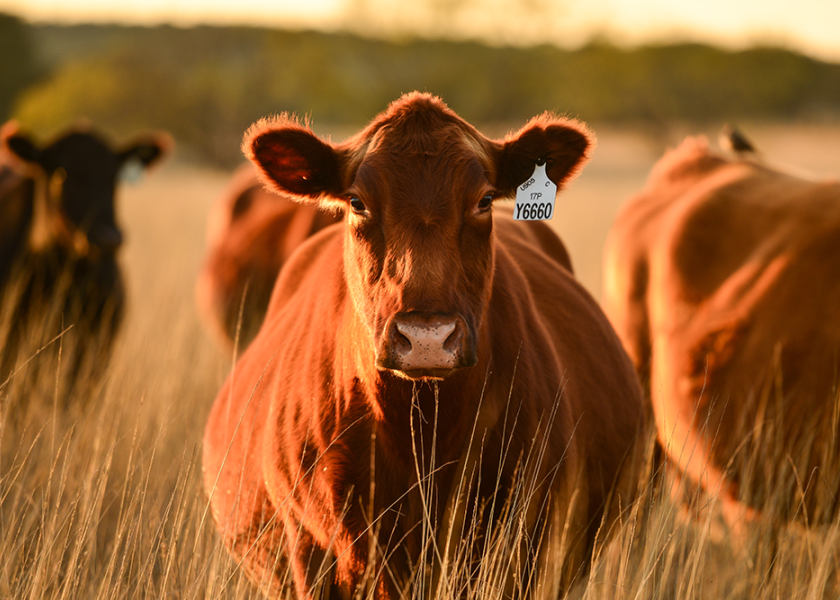Red Angus Releases New Index to Identify Profitability

The Red Angus Association of America released an updated suite of bio-economic selection indexes, including the Profitability and Sustainability index. The breed’s new flagship index, abbreviated ProS, is an all-purpose index that covers economically relevant traits across all aspects of the beef supply chain from conception to carcass.
This updated index will work as a combination of the already-existing HerdBuilder and GridMaster indexes, which include traits from conception to weaning, and postweaning through harvest, respectively. The ProS index is expressed in dollars per head born.
“Economic selection indexes are some of the best tools to help producers and commercial cattlemen and women with identifying animals that will improve the profitability of their operations. Using the updated ProS index will allow for improvement in the genetic potential of progeny to be profitable across all segments of the beef supply chain,” said Ryan Boldt, RAAA director of breed improvement
The ProS index will provide producers from all segments with information they need to make cattle management decisions in order to become more profitable and work towards greater beef industry sustainability.
“These new indexes are the best that have ever been available for describing Red Angus genetics,” according to Tom Brink, RAAA CEO. “We’re excited about how these new tools will enable our breeders to make rapid, multi-trait genetic advancement in the years ahead. They are easy to understand and use, and Red Angus breeders have already proven their commitment to commercial cattlemen through continually making the breed better in the traits that drive profit.”
There are many economically relevant traits in beef cattle production. Since the ProS index encompasses conception to harvest, the traits included in the index are as follows: Calving Ease Direct, Calving Ease Maternal, Weaning Weight, Milk, Mature Weight, Heifer Pregnancy, Stayability, Average Daily Gain, Carcass Weight, Dry Matter Intake, Marbling, Backfat and Rib Eye Area.
Each trait in the calculation model is weighted based on the effect that trait has in terms of increasing profitability. Producers with questions about the new ProS index should contact Ryan Boldt, RAAA director of breed improvement, at ryan@redangus.org.
To view current Red Angus EPD averages and percentiles visit RedAngus.org.







